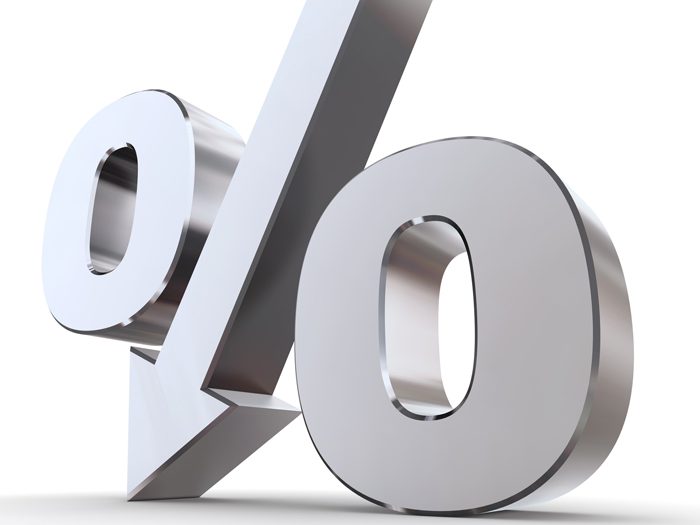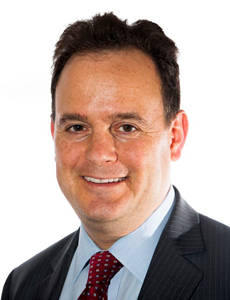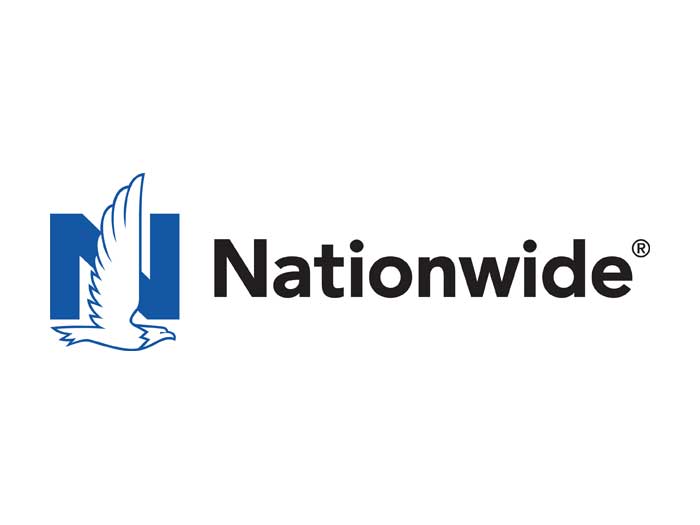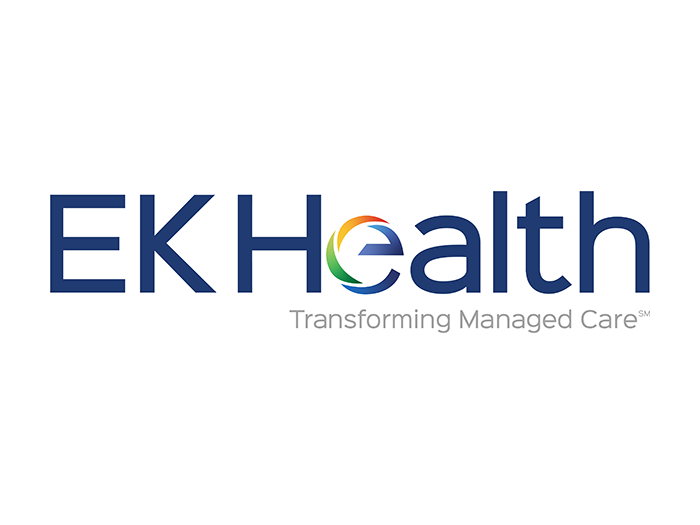Insurance Rates
‘Moderate Decline’ in Market Renewals

The sobering reality − for carriers anyway – of more than three years of declining renewal rates is tempered somewhat by the slowing rate of the declines.
The “Marsh Global Insurance Market Index” cited a downward slide in global insurance renewal rates for the 13th consecutive quarter, in the second quarter of 2016.
“Despite the continuing decline, the second quarter of 2016 marks the second quarter in a row that the rate of decline has moderated on average,” the report stated.
Global insurance rate decreases moderated on average for the second quarter to a 3.6 percent decrease, compared to a 3.8 percent decrease the previous quarter.
The U.S. was the only geography worldwide to experience an increased decline in renewal rates, particularly affected by weakening rates in D&O liability insurance for public companies.

Connie Fredericks, senior vice president, Risk Strategies Co.
U.S. cyber insurance renewal rate increases moderated in Q2 2016 to 6.9 percent on average, compared to last quarter’s average increase of 12 percent.
“We see the insurance market is soft and, quite frankly, there is no real end in sight,” said Connie Fredericks, senior vice president and director of marketing at Risk Strategies Company, a national insurance brokerage based in Boston, Ma.
“At this point, Brexit, global CAT events, and even for the most part, claims experience have not adversely affected rate and price.
“The market has significant excess capacity and the carriers are anxious to deploy that capital. Hence, we see a very competitive P&C pricing environment,” she said.
The Marsh report noted that global insured catastrophe losses increased in the first half of 2016 to $27 billion (compared to $19 billion in the first half of 2015), which could potentially cause some insurers to begin reconsidering rates if the trend continues.
The report also noted that the UK’s recent decision to leave the EU has yet to impact the market, but it will continue to be monitored.
Brokers say they are cautious about the outlook on pricing going forward.
Fredericks said global insurance rates should flow “flat to down” in 2017. “That is, unless global events or adverse claim activity begin to really impact insurer profitability.
“Competition within the marketplace continues to drive pricing down, whether it makes sense or not,” she said.
Other factors that come into play that could drive insurance rates downward, include continued high capacity, and a rise in catastrophic insurance balance sheet hits on major insurers, experts said.
Daniel A. Rabinowitz, an attorney and insurance market specialist for Kramer Levin in New York City, said, “You have excess capacity, caused in part by the proliferation of insurance-linked securities and other alternative risk transfer techniques.
“With so much capital in the system willing to be exposed to insurable risks, demand cannot outpace supply.”
Rabinowitz also pointed to the $27 billion in global catastrophe insurance industry losses as a major pricing factor going forward. “Can consumers and businesses now expect rate hikes in catastrophe insurance lines?” he asked.

Daniel A. Rabinowitz, insurance market specialist, Kramer Levin
In general, however, he does not expect any material rate hikes in the near future. “It’s still a very competitive, soft market due to ample capacity,” he said. “Even recent increases in CAT losses haven’t brought levels up to the major historical spikes, or enough to move rates.”
There’s a ‘big picture’ reason why global insurance rates are softening as well, said Joe Reifel, a partner with consulting firm A.T. Kearney and the leader of its America’s financial institutions practice.
“Two factors influence the global insurance rate landscape: First, the overall global economy is slowing. Beyond this, the underlying dynamics is on the capital markets side,” Reifel said.
“We’re seeing an increase of capital flows into the insurance industry, with greater use of instruments like CAT bonds, as institutions are trying to find higher returns in a very low interest rate environment.”
As capital flows into the market, insurer underwriting activity increases, and puts a downward pressure on pricing, he said.
“What typically offsets this is periodic catastrophes. But this significant capital inflow rapidly replenishes industry capital, and minimizes the hard market effect of any catastrophe on insurance rates.”
Swiss Re, however, recently came out with a bullish view on the global economy in 2017, which, it said supports insurance industry growth.
The entire crystal ball is a cloudy one on global insurance rates – and it won’t be clarified anytime soon with the upcoming U.S. presidential election, continued geopolitical strife with Brexit and the EU, terror threats across the board, and a mixed-bag global economy. &










